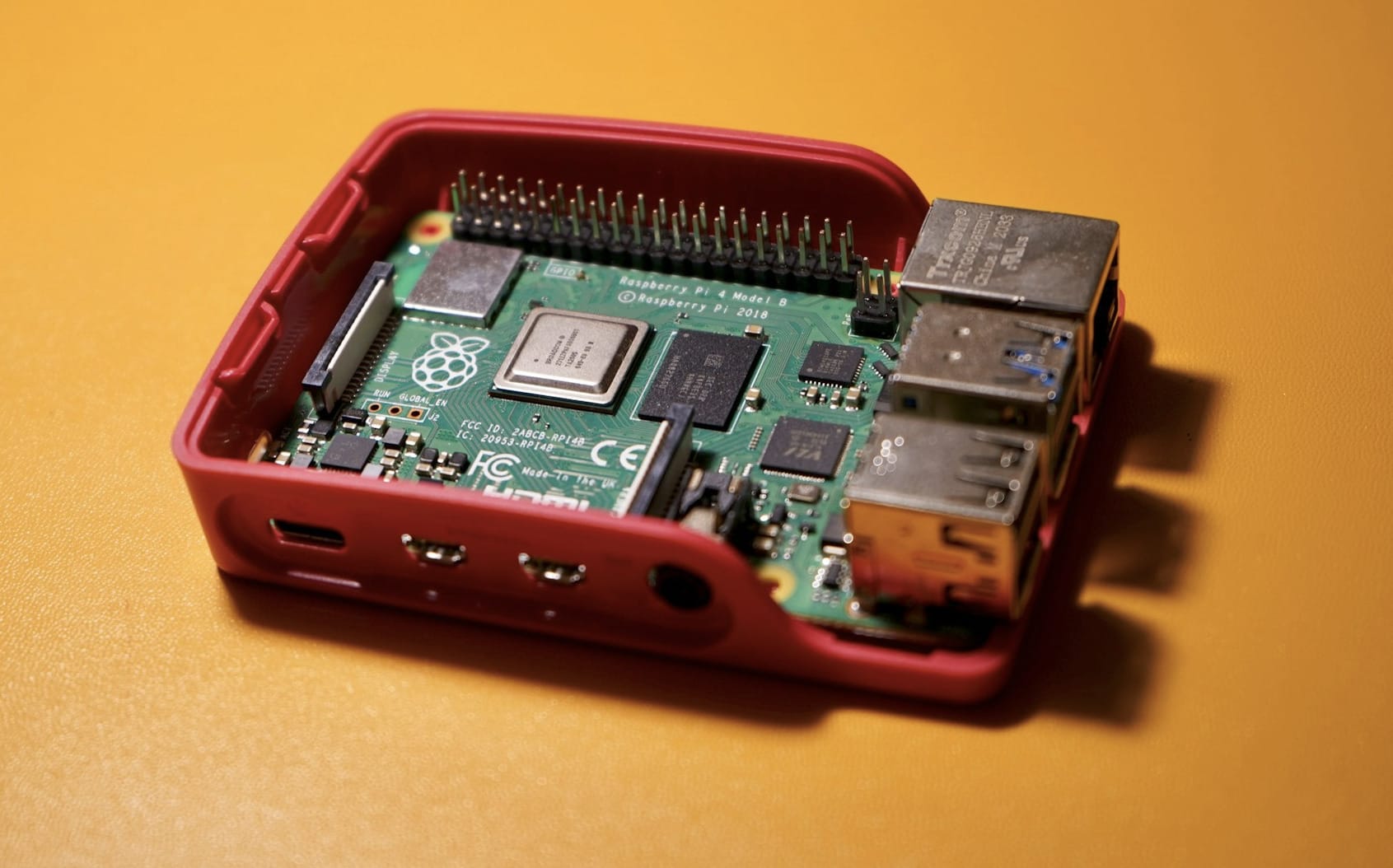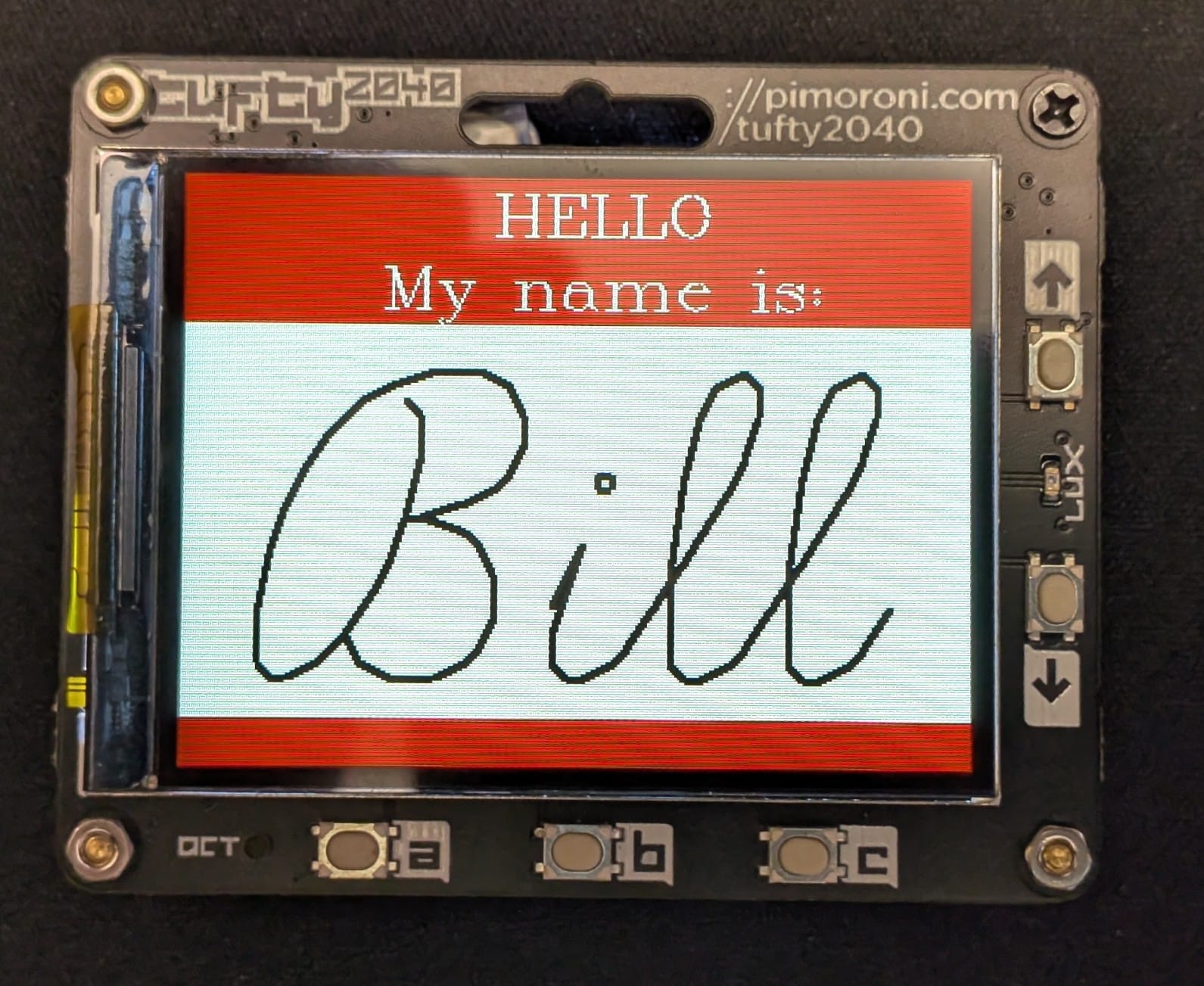Pi(e), Just Not For Desert
So you want to learn a little about Linux, or programming, or you have a "I wish I had a device that did this" project. Time for some Pi(e), just don't eat it.

Combined with my love of all (well, many) things Linux is a passion for the little deck-of-cards sized computer known as the Raspberry Pi. As computers go these things are both economical - pricing starts about $45 for a 2GB of the 5th generation computer - and versatile. No, you won't likely see them replacing the newest generation of Intel or AMD based servers any time soon, the fact is most computing activities don't require the kinds of horsepower that servers have.
I was at an industry event a month ago and while I was socializing with people someone told me they weren't very technical, but that they'd set up a Raspberry Pi for the first time recently. I encouraged them that they were, in fact, technical, and that one Raspberry Pi could be a great tool for them to use. I then admitted that on any given day at my home there are at least 8 of them running in my home. There's value in these devices for every level of skill
Beginner Uses
The Raspberry Pi is a fantastic tool for Linux beginners. Truly, you can be up and running with a Pi based Desktop - Yes Desktop computer - for in the neighborhood of $100, not counting the cost of a monitor. If you don't have an old computer lying around to try out Linux on this is one of the least expensive ways I can think of to get started.
There are tutorials galore for beginners. In fact one of the primary purposes of the Raspberry Pi is for educational use - with the other being a stable platform for IoT uses, including being embedded in commercial and industrial products.
One of the best things about the Pi is how easy it is to simply start over with them - they can be run on either microSD or USB drives. That means that the mere act of swapping out the card or USB drive changes what the Pi is doing. Installation of a fresh copy of the operating system is as simple as running an easy to use utility to rewrite the USB or microSD card from another computer, making the "cost" of starting over to recover from a mistake you can't figure your way past very low. Raspberry Pi's are also very forgiving about simply pulling the power cord, though the newest models finally feature a physical power button.
Learning the Linux Basics

A Raspberry Pi is a great place to learn the basics of Linux including the commands for traversing directories and the file system - or the command line in general. That all-purpose management tool SSH will quickly become your best friend, especially if you don't want to have to plug in a monitor and keyboard every time you need to work with your Pi.
"Headless" Servers
The Raspberry Pi excels at being a "device" running on your network that you don't use like a laptop or desktop computer. The term "headless" refers to a computer that isn't regularly hooked up to a keyboard, mouse, or monitor for interactive user access. Here are examples of headless Raspberry Pi setups I've used in my own environment:
- DNS/DHCP server - I wanted more control over DNS/DHCP settings on my home network than I was able to achieve from my router/firewall.
- UPS Monitor - I have a UPS in my crawlspace that protects my main entertainment system. Given that it is in my crawlspace I don't want to have to climb in there to check the status of the battery, etc. So I use NUT and Pushover to send me alerts about the status of my UPS.
- Digital Picture Frame - In the immortal words of Alton Brown "we never buy what we can make." He was referring to using a food processor and kosher salt to make popcorn salt, but the idea works for this too. I had a small monitor, and a $5 Raspberry Pi ZeroW was a cheaper choice than a $40 digital picture frame, so I used the two things together to make my own.
- OpenHAB Server - I'm a huge fan of home automation, and OpenHAB is my platform of choice. There's a build of it focused on running on the Raspberry Pi, and that was a great starting point for my OpenHAB journey.
- Plex Server - Just add an external hard drive with all your CDs, DVDs, and BluRays ripped to it to have a digital "jukebox" that you can watch from any streaming TV device (like a Roku) within your home. It's a lot more convenient than swapping those discs out of players in every room.
- VPN Router - I'm a big fan of secure access between where I am and where my data is. To make life easier, I used a Raspberry Pi ZeroW to act as a router between my remote network (usually a hotel room travel router) and the VPN to my home. This meant I could access the VPN with devices that didn't have to have the VPN client software configured on them directly. Though I stopped using this when I was finally able to run the VPN software natively on the hotel router I use.
Kiosks
I use a Raspberry Pi in kiosk mode for a number of solutions around the house. Kiosk mode refers generally to a computer that is set to run a single program that users can potentially interact with or at least gather information from. Often times this is provided in the form of a webpage, but the user is unable to exit out of the webpage, surf to another website, etc.
- MagicMirror - This is one of my favorite headless projects. This offers a one-stop view for the household's calendars and to-do's, along with a clock, weather information and RSS based news headlines. It was a great way to use an old monitor and make sure our appointments are easy to see, like an updated version of the venerable old wall calendar. There is no user input in this kiosk mode.
- Camera Viewer - I use cameras for security purposes around my home. A nice 10" monitor (touch-screen in this case) and a Raspberry Pi make a great viewer for keeping an eye on what's going on around my property. Alternatively, using a Pi as an input to a TV offers a larger view of my surroundings.
- OpenHAB HABPanel - One of my favorite kiosk uses is as a control panel for my home automation system. Controlling lights, audio, my garage door, and even TV control, using 7" Raspberry Pi driven touch-screens has been a major function in my home.
But Wait, There's More
There are a million and twelve other options for using Raspberry Pi devices. Here are two more that I use:
- Digital Name Badge - Yes, if you see me at an industry event you'll see me sporting a digital name badge. It was a fun project using the Pimoroni Tufty2040, which runs on the Raspberry Pi RP2040 embedded micro controller - not quite the same thing as an off-the-shelf Raspberry Pi 5.

- Enviro+ environmental monitoring - Several companies make purpose-build hardware (referred to generally as "HATs") for Raspberry Pi's along with python (or other code) to do specific tasks. I happened to use on for monitoring temperature, humidity, and indoor air quality, and sending me hourly data about each.
- RetroPie Gaming Station - Miss those old Atari games and arcade games of yesterday? Well with a bit of extra hardware, like some buttons and a joystick or a USB connected controller you can relive the old days of just about any game from Pong on up. Just, um, pay attention to copyright concerns as you look into acquiring the game ROM copies, there are legal options and there are, well, other options.

But as I mentioned, there are a gazillion other uses for a Raspberry Pi that can be of interest. For example, If you have an old stereo but can't stream to it, there are hardware and software solutions that allow you to connect a Pi up to audio inputs in order to be a streaming platform that you can control from your phone or computer. There are other versions that allow you to custom build a "smart" speaker, including voice integration.
Still others have multi-disk NAS arrays running from a Raspberry Pi. (I chose purpose-built hardware myself). Still others use entire farms of Pis to run as clusters for running cloud style environments or even AI clusters.
There are even LEGO controller HATs to add motors to your LEGO projects.
And this doesn't even scratch the surface, the options are nearly limitless, but the tinkering time, education, and understanding that comes with any or all of these activities can be extremely enlightening.
Mmm, Raspberry!
Yes, you can get started with a Raspberry Pi for under $30, or you can go whole-hog and spend hundreds and splurge for specific hardware and capabilities. Your choice. but whether you're a Linux pro looking for hardware to complete a project, or new to both the hardware and Linux there are few other "low risk" ways to get into Linux computing with real-world value.


